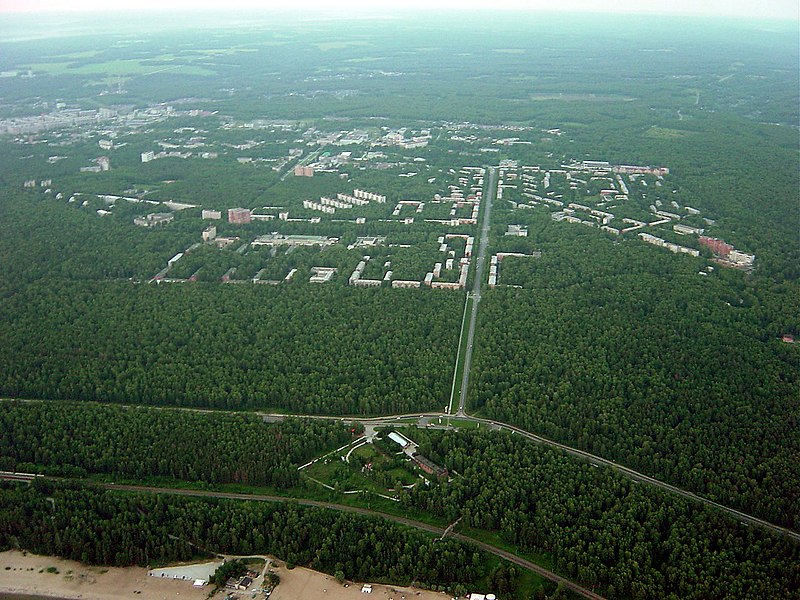Russia's high-tech hotspot on the move
Although Siberia is known only for its frigid temperatures, Akademgorodok, a suburb of Novosibirsk, a 1.4 million metroplois, has become a high-tech hotspot, The Wall Street Journal reported on March 21, 2007. [Here's the original Fortune Magazine article on which WSJ based its precis.] Following the fall of the Berlin Wall, the city fell on hard times in 1990s. "For 30 years, the city led the Soviet Empire's forays into fields ranging from nuclear physics to genetics," the Journal describes. The scientists, ever the problem solvers, got practical, and it is reported today that Akademgorodok is bustling, with the high-tech companies growing by 15% a year.
Akademgorodok, which translated means "Academy Town, was created in 1958 by then-Premier Nikita Kruschev. It is located 20 miles from Novosibirsk, currently Russia's third largest city, and the capital of the Siberian region. The Soviets, with their centralization and top-down planning, may not be excellent examples of how to build centers of innovation and productivity, but they did understand the value of cities.
Akademgorodok was one of many purpose-built cities in the former Soviet Union. (Another is Zvyozdny gorodok, aka Star City, the center for Russia's cosmonaut training outside Moscow.) Interestingly, its creation was authorized by Nikita Krushchev, who understood the tangible and intangible values of cities.
It was Krushchev, afterall, who utilized the city of Stalingrad as a strategic propganda weapon against Nazi Germany. He was instrumental in making the Battle of Stanlingrad a rallying point for the Soviet Union, which was suffferingly badly against Nazi Germany. Krushchev, a high-ranking zampolit, countersigned the in/famous order stating "Not another step back," which order the political officers to shoot anyone who retreated (horrificly portrayed in Enemy at the Gates).
Named for the USSR's supreme leader, Josef Stalin, the city was a natural focal point for Soviet war efforts. (The city's resistance also protected the very real strategic oil resources of the Caspian, which the Germans desperately needed.) Chancellor Hitler seemed willing to oblige, possibly also sensing the potential propaganda dividends. Ultimately when the Soviets launched a surprise winter offensive and retook Stalingrad, it was the beginning of the end for the Germans on the Eastern front.
Picture of Battle of Stalingrad from Wikipedia.
Not coincidentally, Vasily Ivanovich Chuikov, the general who led the military defense of Stalingrad, was given the honor of commanding the Soviet troops that razed Berlin and ended the war in Europe. (Later Chuikov served as Chief of Civil Defense from 1961 to 1972, a role taken more serious by the Soviets during the Cold War. Just witness the Arbatskiy line of the Moscow metro, which was buried deep enough to survive a nuclear war and requires a harrowing escalator ride down.) He was then buried at the Mamayev Kurgan monument in Stalingrad--the first Soviet Marshal to be buried outside of Moscow.
And Krushchev, having masterminded the creation of the Stalingrad mythos, deconstructed it. As part of his reforms to erase "stalinism" after taking power, the city was renamed Volgograd in 1961. (Today it's a major city of 1 million plus residents situated on the west bank of the important Volga River.)
With "picking winners" being a major fear of regional economic developers and a criticim often leveled against them, it's important to remember cities are not natural resources but manmade ones. Like a bronze axe writ large, cities are macro-artefacts manufactured by human civilizations. In other words, they are designed to serve a practical purpose. GEO



